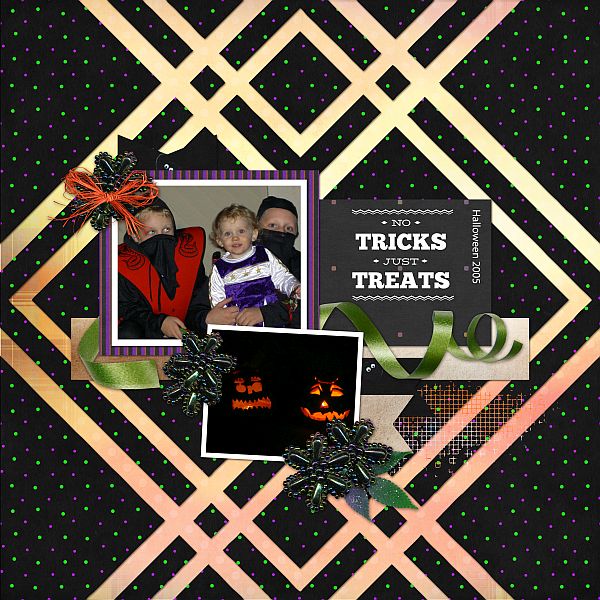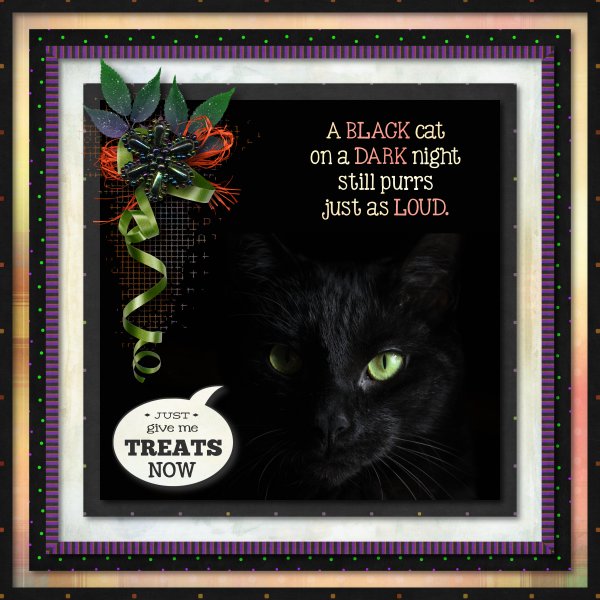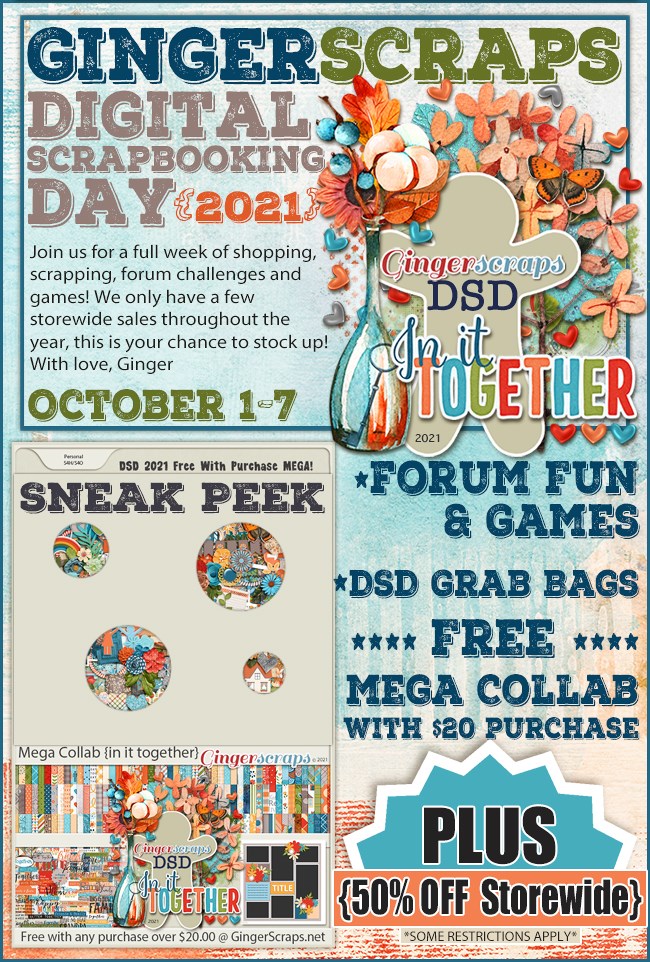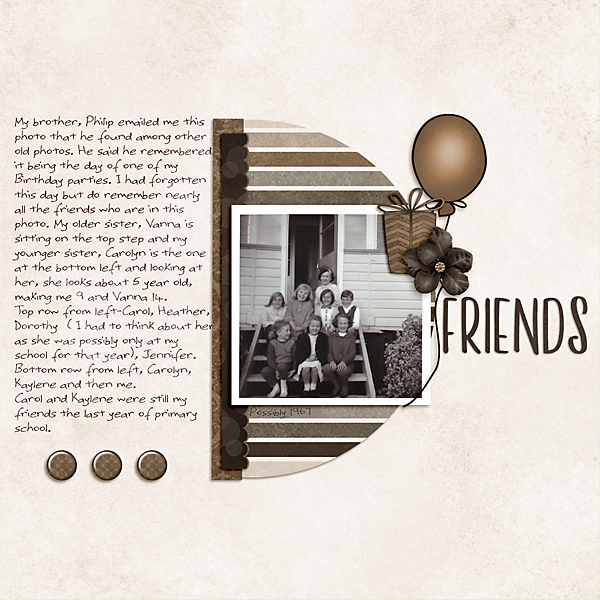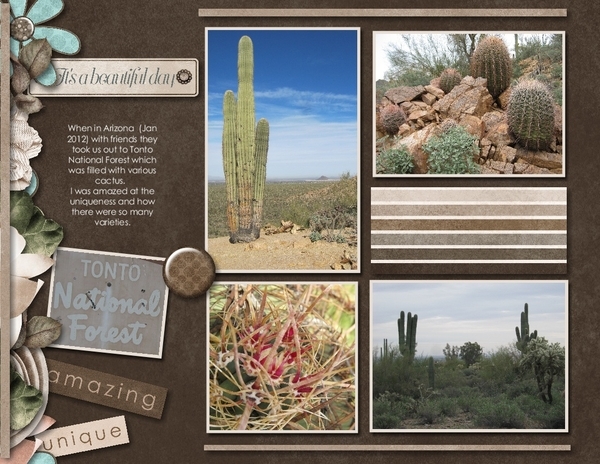Holiday Memories Start with Photos – a Review
![]()
It seems like we’ve all been through so much the last couple of years. Last Thanksgiving in the United States, with the COVID-19 pandemic raging, a lot of families opted to cancel their usual big gatherings to protect each other from the virus. Others went ahead with their traditions, then wished they hadn’t. Then there were the lucky ones with the best of both worlds. Quite a few things have changed for this year, access to a safe, effective vaccine being a big one. So maybe this year, traditions can be upheld without as much angst, although modifications might still be needed. Our layouts have gradually shifted to more hopeful thoughts, and the pandemic has been interwoven as a part of life as we know it. This run-up to Christmas and then the New Year may take a bit more planning than before, and planning how we’re going to memorialize our celebrations should be a priority too. We’ve played with a lot of techniques for editing our photos to make them worthy of scrapping, but why not skip a step (or ten)? Let’s review some tips for taking better photos. I know we’ve already talked about that before, but a few reminders probably won’t go amiss. Whether your photos are caught with a point-and-shoot, a high-end DSLR or a cell phone, there are some things you can do to get great photos.
- Right now, right this minute, make sure your camera battery is fully charged. If they’re replaceable batteries, put fresh ones in your camera NOW!
- Make sure you have an empty memory card (fully formatted, of course!) in your camera and a couple of spares so you won’t run out of space. If you’re using your phone, you should move some photos from your internal storage to your computer so you’ll have room for the new ones.
- Think about how your typical holiday events usually evolve. There will be some traditions that are carried out no matter whose house you’re having the celebrations at, so plan ahead to capture those moments. Make a list, if you need to.
- If you haven’t done it lately, review the manual that came with your camera. Review the settings and modes you’re most likely to use for your shots and remind yourself what each is doing while you’re shooting. I use the metadata from my most successful bokeh and full moon shots to set my camera up ahead of time so I don’t miss the shot.
- Practice a few creative techniques that you can memorize so that when you’re ready to take photos of the candles on your dinner table or that gloriously brown turkey, you won’t have to fumble.
- Refamiliarize yourself with your tripod, if you use one. I have two – an aluminum ball-head one that allows infinite adjustments but takes a lot of room and needs to be set up ahead of time and a Platypod Max, which looks like a little travel iron but is actually a very clever and sturdy tripod that can be set up in minutes on any surface. Why use a tripod? It lets you take longer exposures while keeping the images tack-sharp and it lets you be in the photo! Use the built-in timer and get in FRONT of the lens for a change.
- Keep an eye on the lighting. Natural light from a big window is fantastic, as long as it’s not backlighting your subject. This is especially important for those group shots we all love. You want everyone’s face to be evenly lit, without harsh shadows everywhere. So maybe turn on some lamps so your flash won’t be so startling. Shoot a couple of test shots so you can see what needs to be tweaked.
- Get in close to your subject! This “rule is even more valuable when that subject is a child. Get down on their level whenever possible so you capture their best smiles. Shooting from above should be reserved for those special-effect shots, not photos of kids having fun. For the most natural photos of people though, you can use a telephoto lens and shoot them from some distance. (As long as the light is right!) Some of the most memorable photos are those taken when the subject is unaware they’re being snapped. They’re relaxed, and acting naturally; smiles are genuine and emotion is often quite palpable.
- Don’t insist on smiles. You know what I mean… those cheesy grins aren’t going to be your favourite images. Rather than having everybody say “cheese” for your group shots, have them say “family” or “money” or “gotcha”. You could go with a made-up phrase, such as “moldy mozzarella”. Another trick is to tell everyone you’re going to shoot on “3”, then count, “1… 2… (shoot) WHOOPS 3!” then shoot a second shot right after that. You’ll get some natural smiles that way.
- When taking photos of food, again, get in close and vary the angles. Show the flaky texture of that piecrust, the glisten of the done-to-perfection skin on your turkey, the creaminess of your mashed potatoes, the detail of the frosting on your cupcakes. (That reminds me, I need to get some baking done!)
- Do you take photos of your Christmas decor? If you’re getting harsh shadows and lots of glare, you can drastically reduce the odds of that occurring by using a big sheet of white cardboard as a reflector. (Dollar store foam core board is perfect for this.) It’ll bounce and soften the light in your space to produce much more even lighting and much more interesting images. Hold it at an angle to the source of your light (windows, lamps, even your flash) so the light is reflected at an angle too. If you’re using a flash and find it too harsh, you can wrap a tissue around it or in front of it and diffuse the light that way. Here’s where test shots are really time-savers.
- Composition is key for any photo. Remember the rule of thirds, but don’t be a slave to it. Decide what your focal point will be and compose your photo to make it so – use leading lines where possible and don’t forget white space. Crop your photos in the viewfinder – so much less work later! And don’t forget the background. Is there anything growing out of someone’s head? Take a step to one side or the other and recompose.
- Take LOTS of photos. Take several of each subject from different angles and distances so you have a choice of which one is best. More is definitely better!
- This just popped into my head… Instead of an Ugly Christmas Sweater event, maybe this year you could do Ugly Christmas Masks. We’re still masking indoors in public here, with a government mandate. It’s such a small thing, but with such great potential for safer interactions.
- We should take a moment to talk about safety. If you’re taking photos of weather phenomena (like the “atmospheric river” that just devastated the Pacific Northwest), landscapes or nature, do it safely!! People have died trying to take that one spectacular photo. I don’t want it to be you!
- Last but not least, have FUN!
Next week I’ll be compiling a Challenge Spotlight post. Maybe one of your layouts will find its way onto the GingerScraps Blog.
PDF Version : https://bit.ly/3FXyoDW
![]()
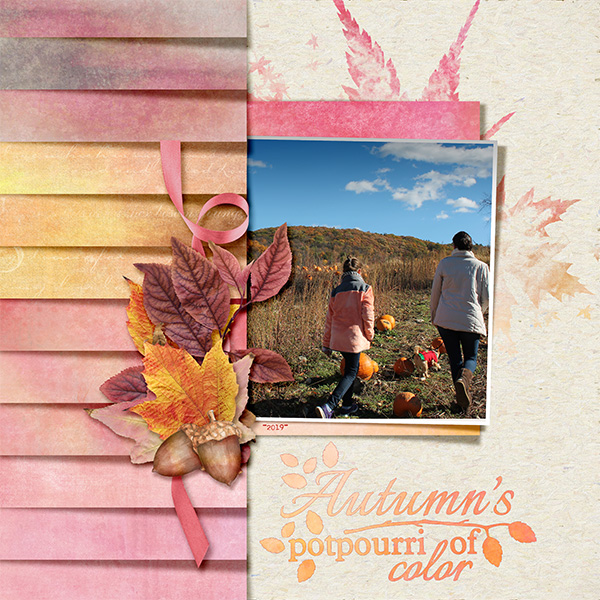





























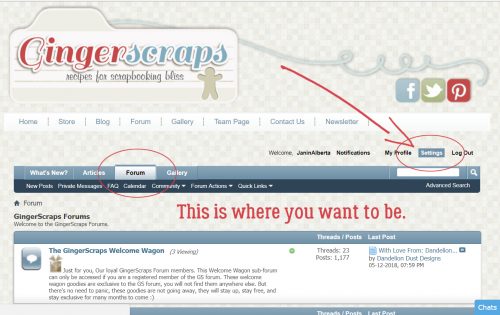
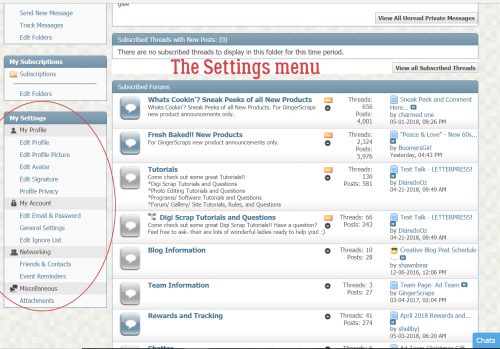

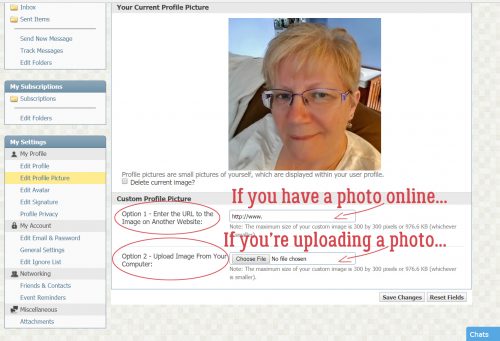
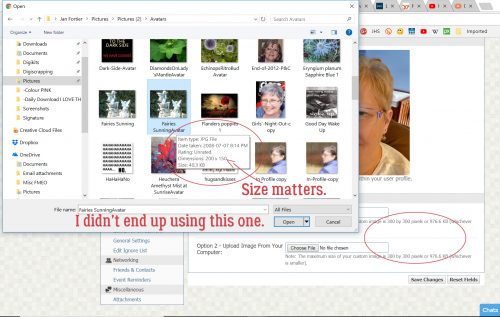


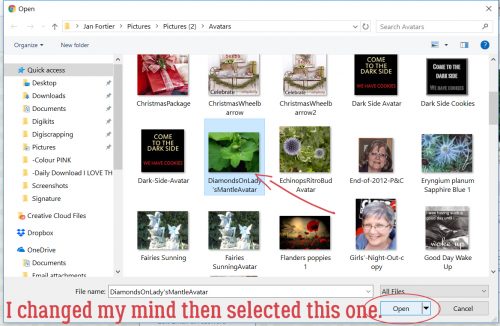
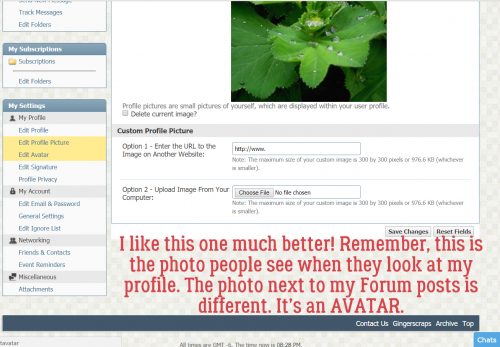

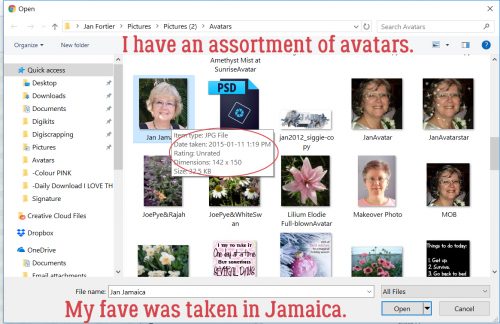
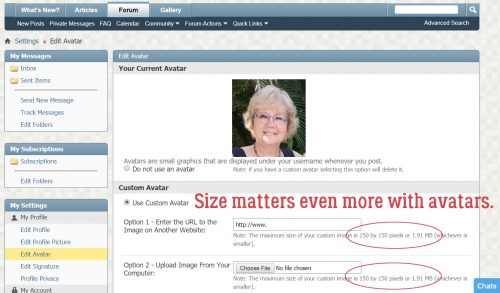
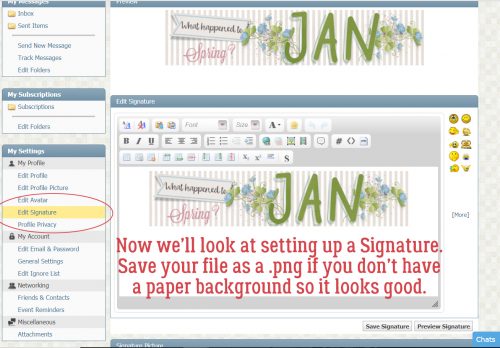
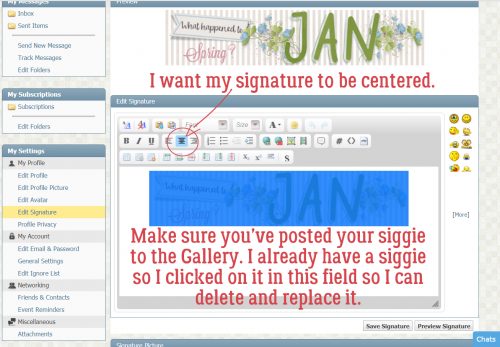
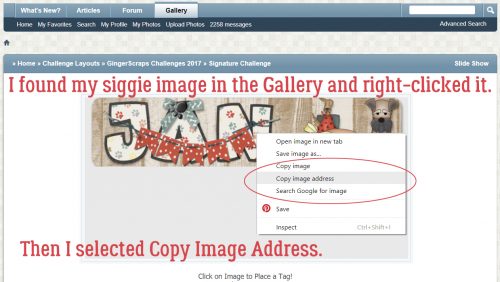


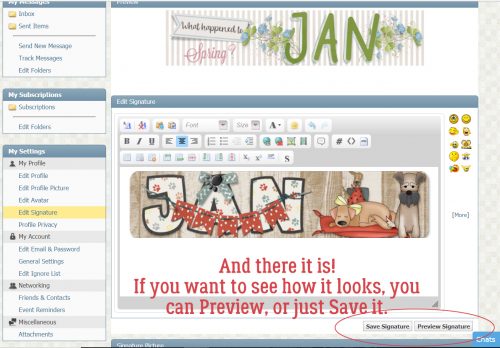
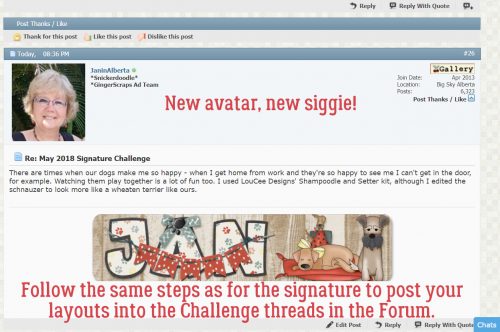





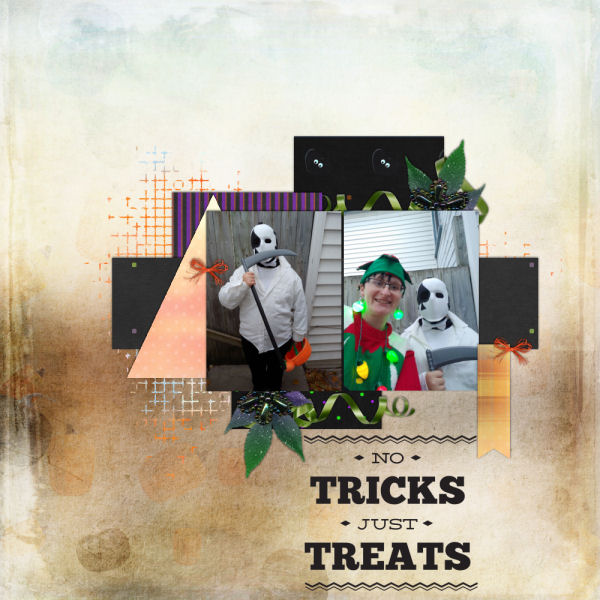


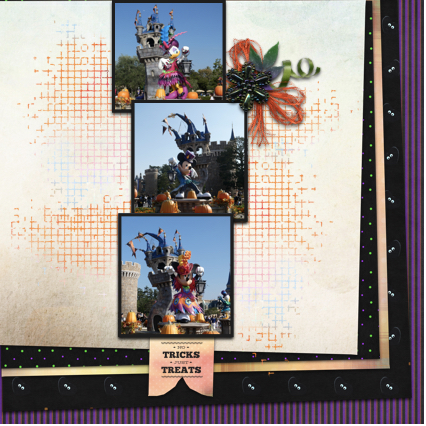 By clipping the lighter-coloured paper to a mask on a black background,
By clipping the lighter-coloured paper to a mask on a black background, 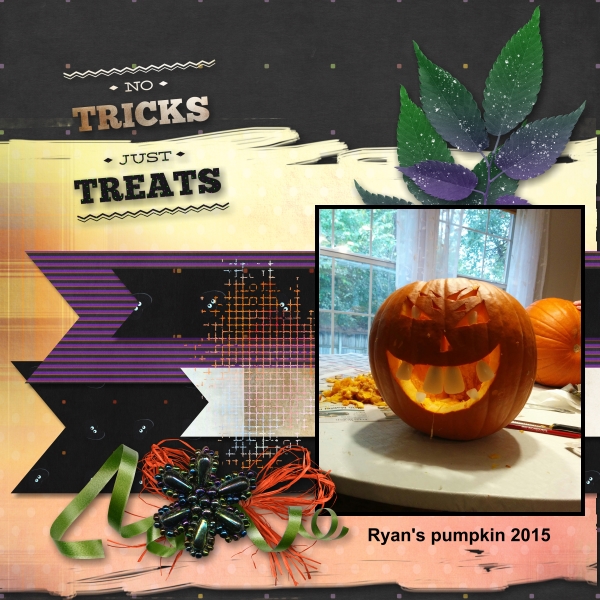 The way
The way 

